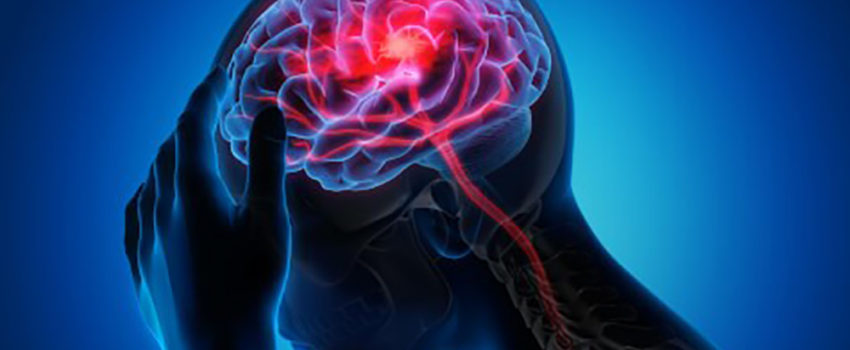Strokes are extremely common, occurring every 40 seconds in the United States. Though strokes can happen at any age, the risk of stroke increases substantially for older adults — over 70% of cases occur in people over 65, causing anything from minor mobility difficulties to long-term disability and death.
Many are familiar with some of the well-known symptoms and signs of a stroke, like numbness or weakness in one side of the body, but aren’t aware of the less common symptoms. Identifying warning signs of a stroke and getting medical attention as soon as possible is paramount. A stroke blocks blood flow to the brain, and for each minute a stroke goes untreated, your brain loses an estimated 1.9 million neurons. So, the longer the stroke goes untreated, the greater the risk of serious side effects, including speech impediments and memory loss. It’s important to learn to recognize the symptoms of a stroke so you can get to the emergency room right away if you or someone with you is having a stroke.
F.A.S.T: The Acronym You Need to Remember for Signs of Stroke
Before getting into the lesser known symptoms of a stroke, it’s important to learn and memorize F.A.S.T., which highlights the most common stroke symptoms to look out for in yourself and others.
- F — Face: If you’re having a stroke, your face might be droopy or numb on one side. A good test: try to smile, and check in the mirror to see if one side droops.
- A — Arm: Often, one arm will be weak or droopy. Try lifting both arms at once, and see if one drifts downward.
- S — Speech: It might sound slurred or garbled, and others might not be able to understand you. Some might also have trouble grasping what others are saying or experience sudden confusion.
- T — Time: Time is crucial when treating a stroke, so call 911 immediately if you or someone around you is exhibiting any of these concerns. Check the time so you will know when the first symptoms appeared.
To read the full article, including the lesser known symptoms of a stroke, click here

